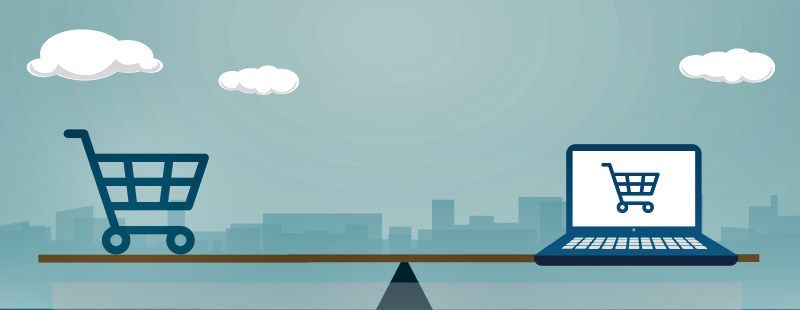After decades of fights on Capitol Hill and in states across the country, the U.S. Supreme Court in a narrow 5-4 decision on Thursday struck down two long-standing precedents in the e-commerce state sales tax debate, clearing the way for states to require pure-play online sellers to collect and remit state sales tax. So what does this mean for your retail brand?
The Playing Field Just Became Level
Much of the growth of online only e-Tailers has been a direct result of brick and mortar’s higher cost structure which aside from rent is making consumers pay tax on purchases. The current tax laws state that a physical presence determines whether or not sales tax is to be collected and remitted. With most online retailers not having a physical presence, pure-play eCommerce companies are most often not required to collect (ie make consumers pay tax) on purchases. This has led to an unlevel playing field and conditioned consumers to browse in store but buy online from an out of state seller, retailer, or manufacturer directly. So what do these pending changes mean for retail brands?
1) Higher Volumes Required to Offset Costs
Many branded manufacturers who sell direct to consumer against their retailers will now be on price parity between online and in store. For most manufacturers this will equate to additional administrative burden to collect and remit taxes that other than the tax charge to the consumer must be absorbed by the brand itself. To continue online sales at the same level, higher volumes will be required with increased customer acquisition costs in the form of marketing, discounts, or any combination thereof.
2) More Touch Points Required for Big Ticket Items
In addition, products will become more expensive to end consumers. With elevated prices, when adding on tax, consumers will require more convincing and/or additional touch points to interact with products before buying as more money is involved. With physical retail, consumers can explore products and now buy them for the same price online or offline. We are predicting less of a shift towards online once price parity is in play. The value of having showrooms and brick and mortar partners who perform value added services to your products will increase in relevance to consumers.
3) Balance of Power Shifts Back to Brick & Mortar
Consumers are conditioned to browse in store for research or product validation, but later buy online from an online out of state retailer to avoid paying taxes. This consumer behavior will be diminished and more transactions will occur at the point of discovery. With the rise and power of eCommerce the balance of power has shifted to the consumer and away from the retailer.
With this latest piece of legislation to come, the retailer will regain some of its power from manufacturers to restore channel relationships back to peace and prosperity. Wholesale should return to the focal point for manufacturers as singular direct to consumer eCommerce and online marketplaces become less attractive and/or sustainable to scale with price parity and must instead compete on convenience and loyalty.
4) Fewer Mobile Transactions
We anticipate this tax law to have an effect on the number of mobile transactions or purchases out of home online. Brands who are planning to spend big on mobile may be better off waiting on those investments to see what results occur as products are less likely to be showroomed with price parity.
Alright, tax is not the sexiest subject but it is worth considering when it comes to business strategy, online sales, and consumer behavior. A six to ten percent difference in price could mean the world of difference on a big ticket purchase to the consumer. We hope you enjoyed the post.

